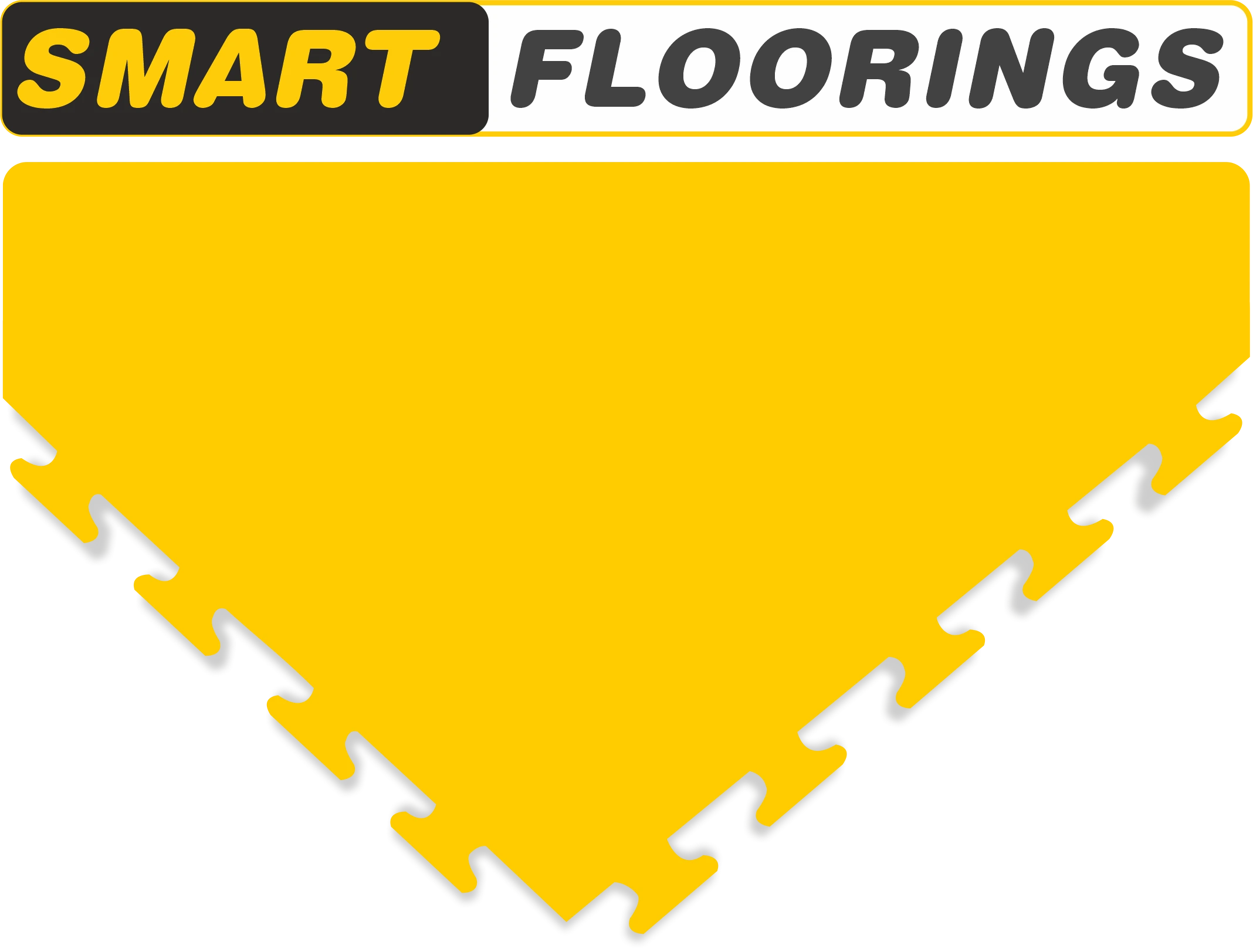Installation FAQs
Your Handy Guide to Flooring Success
How do I prepare my floor before installing tiles?
You need to ensure your floor is clean, level, and free from any debris. Smooth out any imperfections and fill cracks with a suitable filler. Use a primer to enhance adhesion. For installation, a clean surface is crucial for proper bonding. Remove any existing coatings or sealants. Sand the floor if needed and ensure it is completely dry before proceeding.
What tools do I need for installing flooring tiles?
Essential tools include a notched trowel for spreading adhesive evenly, a tile cutter for precise cuts, and a rubber mallet for tapping tiles into place. A level, measuring tape, and chalk line help maintain accuracy. Use a paint roller for even application and brushes for edges. Safety equipment like knee pads, goggles, and gloves are a must.
Can I install tiles over existing flooring?
In many cases, you can install tiles over existing flooring if it is stable, clean, and even. However, it is crucial to assess the specific situation. Some tiles may require stripping the previous layer for proper adhesion. For tiles, ensure the existing floor won’t shift, and consider using a suitable underlayment if needed.
How do I ensure a proper tile layout during installation?
Achieve an optimal tile layout by finding the center of the room and laying out a grid using chalk lines. Dry-fit tiles along the lines to check for any adjustments needed. Start from the center and work your way outward. Use tile spacers to maintain consistent gaps and ensure a professional finish.
What type of adhesive or mortar should I use for tile installation?
It is recommended to use a pressure-sensitive adhesive or a specialized interlocking tile adhesive. These adhesives ensure a secure and long-lasting bond between the tiles while allowing for easy installation and future repositioning if needed. Although our interlocking tiles don’t require any adhesive for installation.
How do I seal the grout lines after tile installation?
After the grout has fully cured, apply a grout sealer using a small brush or roller. The sealer helps prevent water and stains from penetrating the grout, enhancing its longevity and appearance. Remember to clean the grout lines thoroughly before applying the sealer for optimal adhesion.
Can I install flooring tiles myself, or should I hire a professional?
DIY installation is possible with the right tools and preparation, but it requires some skill and patience. If you have no prior experience or lack confidence, hiring a professional installer ensures a more efficient and accurate job. They have the expertise to handle tricky cuts and ensure the flooring is properly installed.
How long does it take for tiles to fix if the case of adhesives?
The drying time depends on the type of product used and environmental conditions. Generally, adhesives may take a few hours to dry to touch but require 24-48 hours to cure fully. For tiles, the thin-set mortar usually sets in 24 hours, and grout cures within 72 hours. Factors like humidity and temperature can influence these times.
Can I install tiles in high-moisture areas like basements?
Yes, but it’s essential to choose appropriate materials. Our ecotiles are suitable for high-moisture areas but ensure the subfloor is moisture-resistant. Our ecotiles don’t require any coatings for moisture barriers.
How do I maintain and clean my newly installed flooring?
Regularly sweep or vacuum the flooring to remove dirt and debris. For tiles, use mild detergent and warm water for cleaning. Avoid harsh chemicals that could damage the grout. Use furniture protectors to prevent scratches, and avoid dragging heavy objects across the floor.
What are the advantages of installing tiles over other flooring options?
Tiles offer several advantages, such as durability, easy maintenance, and a wide range of styles and designs. They are resistant to stains, water, and scratches, making them suitable for high-traffic areas and wet spaces like bathrooms and kitchens.
What are the common mistakes to avoid during tile installation?
The common mistakes you need to avoid during installation include improper surface preparation, inadequate adhesive application, uneven spacing, using the wrong type of grout, and neglecting to seal grout lines after installation. These errors can compromise the longevity and appearance of the tile floor.
How do I ensure that the tiles are properly sealed and protected against stains and water damage?
Use a quality grout sealer to protect grout lines against stains and water penetration. For natural stone tiles, apply a suitable sealer to prevent stains on the tiles themselves. You also need to regularly reseal the grout to maintain its protective properties.
How can I handle potential challenges during the installation process?
If you encounter challenging cuts, uneven subfloors, or other complexities, it’s best to consult our professional installers. We have the expertise to overcome hurdles and ensure a successful installation.







